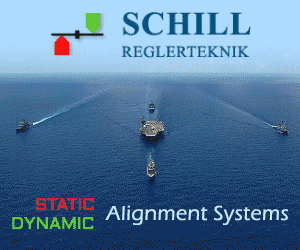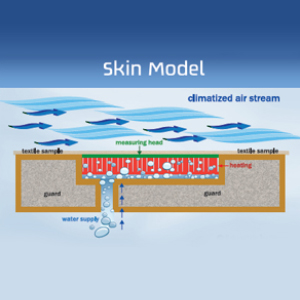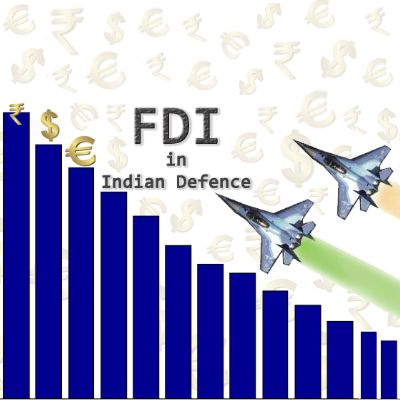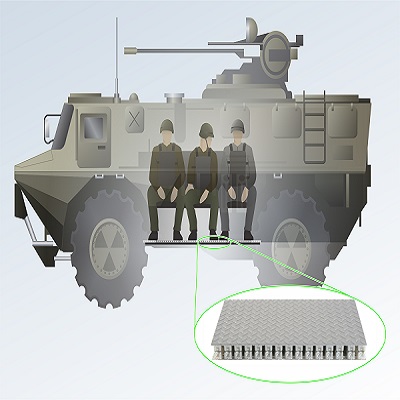Optimizing Skies: Advanced Traffic Control Equipment in the Airforce
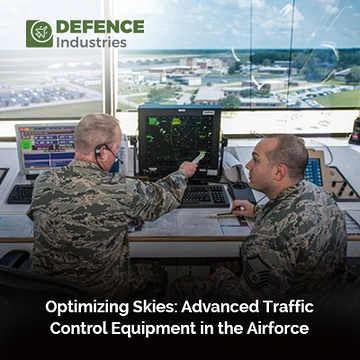
Introduction:
In the dynamic and intricate world of aviation, ensuring the safe and efficient movement of aircraft is paramount. The Airforce employs a sophisticated array of Traffic Control Equipment to manage the skies, facilitating smooth operations and minimizing the risk of collisions. This article delves into the cutting-edge technologies and systems employed by the Airforce to optimize air traffic control and enhance overall airspace safety.
1. Radar Systems: The Eyes of the Skies
At the core of air traffic control lies radar technology, serving as the eyes that pierce through the vastness of the sky. The Airforce employs state-of-the-art radar systems capable of detecting and tracking aircraft movements with unparalleled precision. Modern radar systems utilize advanced algorithms and signal processing techniques to filter out noise, ensuring accurate and real-time data for air traffic controllers.
2. Automated Dependent Surveillance – Broadcast (ADS-B): Enhancing Visibility
In recent years, the Airforce has embraced Automated Dependent Surveillance – Broadcast (ADS-B) technology to augment traditional radar systems. ADS-B relies on aircraft broadcasting their precise position, velocity, and other essential information via satellite navigation. This real-time data sharing enhances situational awareness, enabling more efficient route planning and reducing the risk of mid-air collisions.
3. Collision Avoidance Systems: Proactive Safety Measures
To further enhance safety, the Airforce integrates advanced collision avoidance systems into its traffic control equipment. These systems leverage data from radar, ADS-B, and other sources to predict potential conflicts and provide timely warnings to pilots and controllers. Proactive measures, such as automatic altitude adjustments and route modifications, help avert dangerous situations and maintain the integrity of the airspace.
4. Communication Infrastructure: The Backbone of Air Traffic Control
Effective communication is the backbone of air traffic control operations. The Airforce invests heavily in robust communication infrastructure, including ground-based radio systems, satellite communication, and secure data links. Seamless communication between controllers and pilots is vital for providing clear instructions, conveying real-time updates, and addressing emergencies swiftly.
5. Advanced Traffic Management Systems (ATMS): Orchestrating the Skies
In the modern Airforce, Advanced Traffic Management Systems (ATMS) play a pivotal role in orchestrating the complex dance of aircraft in the skies. These integrated systems bring together data from various sources, including radar, ADS-B, and weather monitoring, to provide a comprehensive view of the airspace. ATMS enable efficient routing, optimize fuel consumption, and contribute to overall airspace capacity management.
6. Weather Monitoring and Prediction: Navigating the Storms
Unpredictable weather conditions pose a significant challenge to air traffic control. The Airforce employs advanced weather monitoring and prediction systems to anticipate and mitigate the impact of adverse weather on flight operations. Real-time weather data, satellite imagery, and atmospheric modeling help controllers make informed decisions, ensuring the safety of both military and civilian aircraft.
7. Unmanned Aerial Vehicle (UAV) Integration: Adapting to the Future
As unmanned aerial vehicles (UAVs) become increasingly prevalent, the Airforce is at the forefront of developing traffic control solutions that accommodate these autonomous aircraft. Specialized systems are being implemented to seamlessly integrate UAVs into controlled airspace, ensuring their safe coexistence with manned aircraft.
8. Cybersecurity Measures: Safeguarding the Skies Digitally
With the growing reliance on digital technologies, cybersecurity is a critical aspect of air traffic control. The Airforce employs robust cybersecurity measures to protect its traffic control equipment from cyber threats and attacks. Securing communication channels, safeguarding data integrity, and continuously updating defense mechanisms are essential components of the Airforce's approach to digital security.
9. Training and Simulation: Sharpening Skills for Precision Control
Ensuring the proficiency of air traffic controllers is paramount to the success of traffic control operations. The Airforce invests in advanced training programs and simulation technologies that replicate real-world scenarios. These simulations enable controllers to hone their skills, practice emergency procedures, and familiarize themselves with the intricacies of managing diverse aircraft movements.
10. Global Collaboration and Standardization: Harmonizing Airspace Operations
In an era of global connectivity, the Airforce collaborates with international counterparts to establish common standards and procedures for air traffic control. Harmonizing airspace operations facilitates smoother cross-border movements, enhances interoperability, and ensures a unified approach to aviation safety on a global scale.
Conclusion:
The Airforce's commitment to optimizing the skies through advanced traffic control equipment underscores its dedication to safety, efficiency, and adaptability. As technology continues to evolve, the Airforce remains at the forefront, leveraging innovation to navigate the complexities of modern airspace. The integration of cutting-edge radar systems, ADS-B technology, collision avoidance systems, and advanced traffic management systems collectively ensures that the skies are not only secure but also a testament to the relentless pursuit of excellence in aviation.




